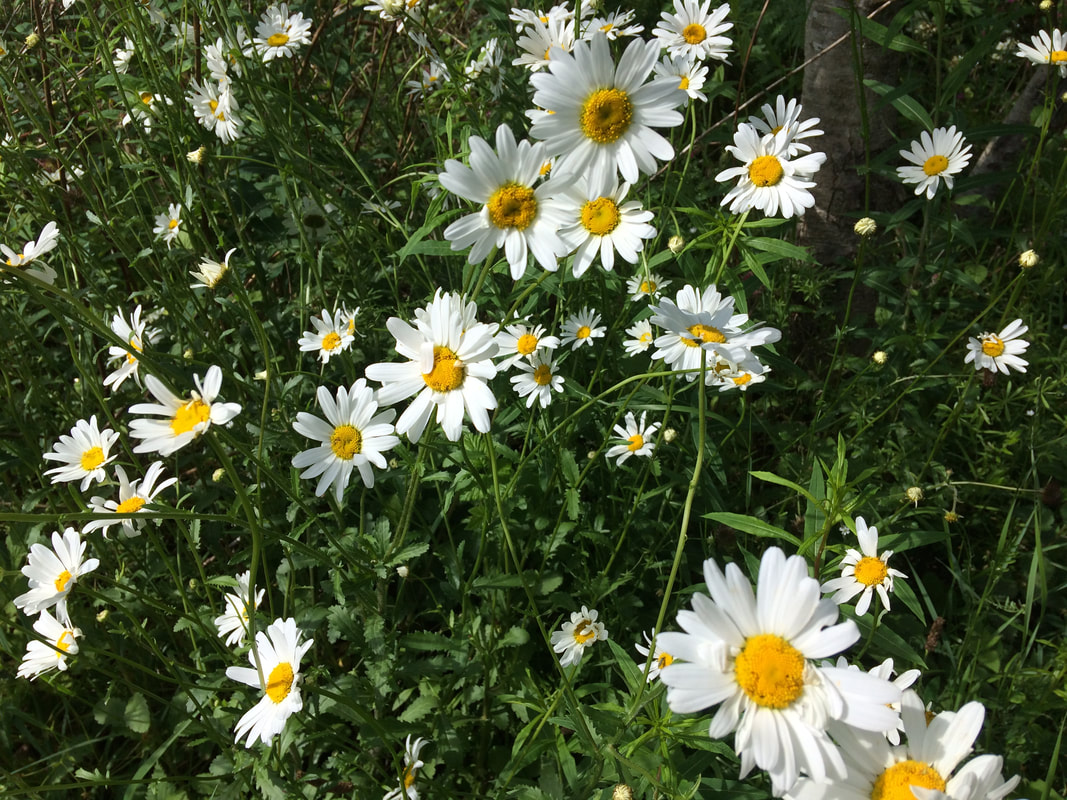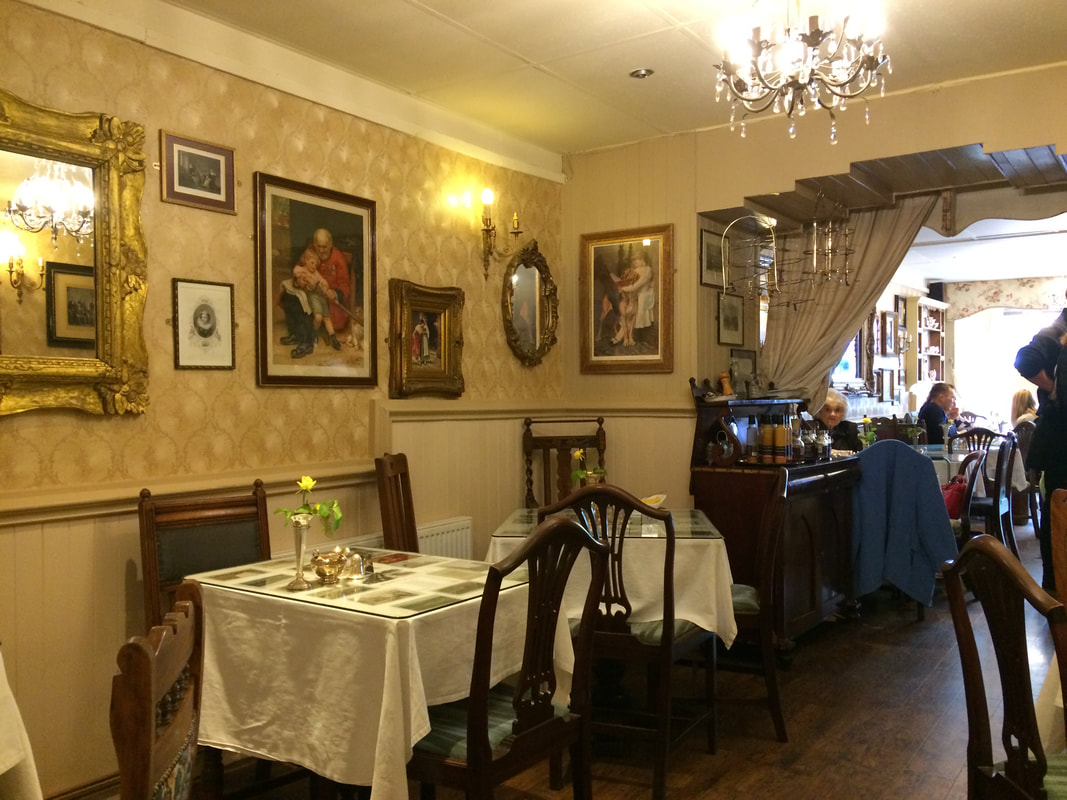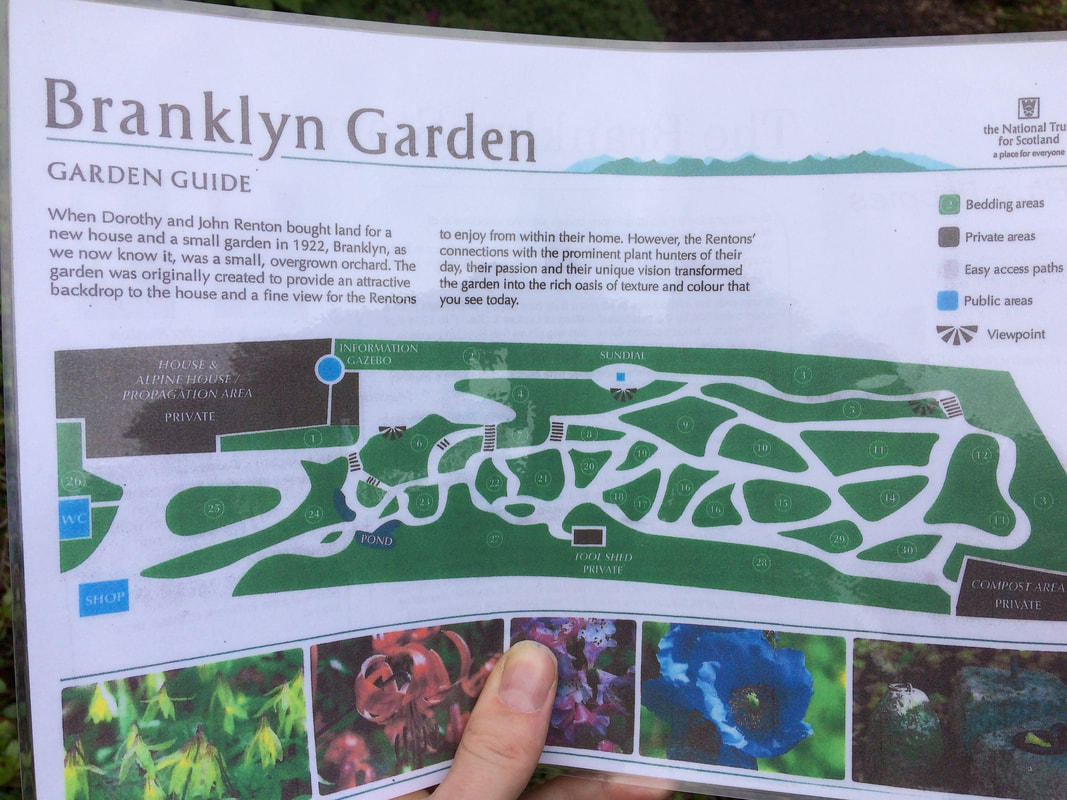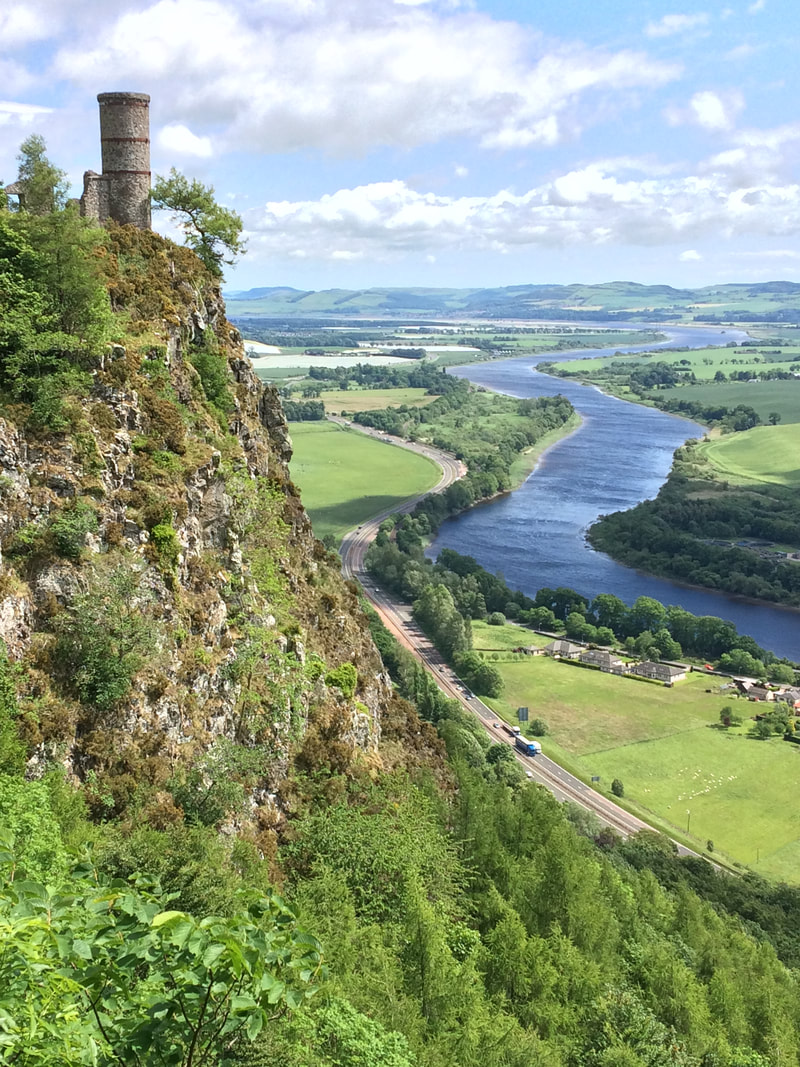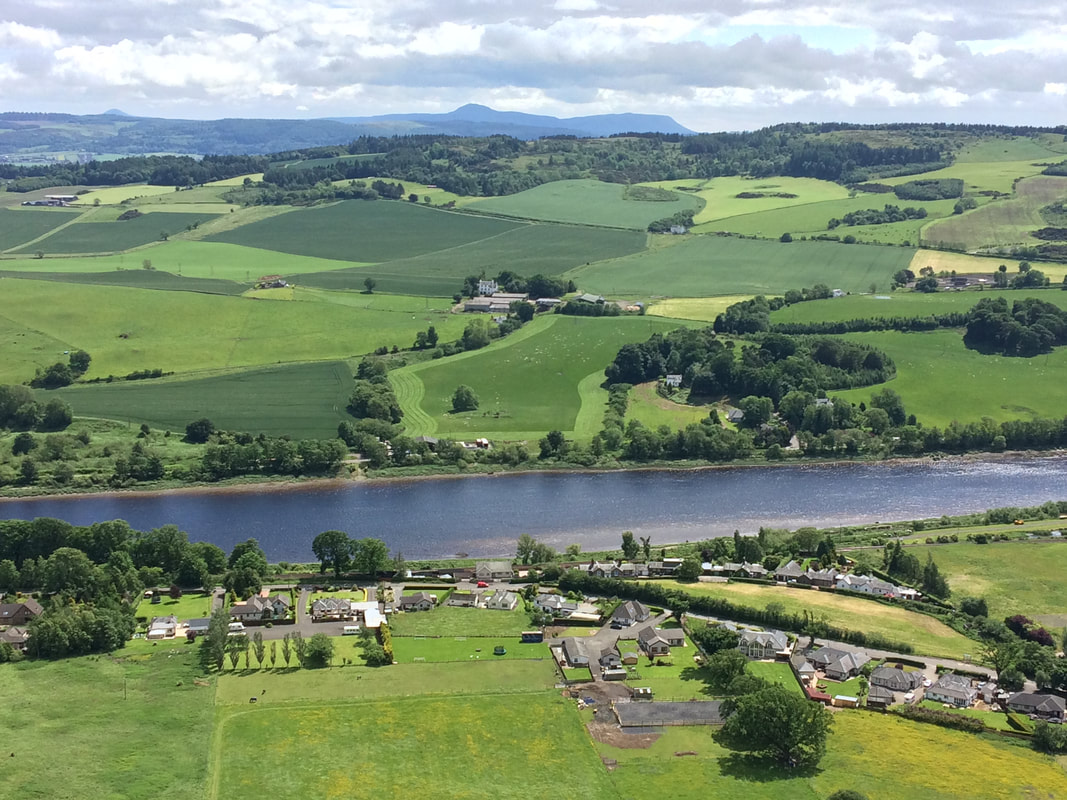|
A cyclosportive is a short to long distance event that usually runs for between 50 – 100 miles. These organised events attract hundreds of participants, making them exciting for riders of all abilities. A sportive is different to a race. It’s more of a personal challenge. Some still like to aim for the win, but ultimately the only race is against the clock and your own personal best. As long as you can keep a minimum time then you can come along and enjoy the festival atmosphere.
Countries like Denmark and France are still the most well known for cycling. In France you can: take the Paris-Nice challenge, ride La Grand Corniche in Monaco (a city usually known as a gaming destination to rival Las Vegas), or take on one of the famous sportives like Etape du Tour or La Marmotte. Scotland may not have the Tour du Mont Blanc, but it is still one of the greatest places in the world for cycling (I may be biased, but still!), as well as having some of the most scenic sportives that the planet has to offer. Bealach Mor The Bealach Mor sportive has been running since 2006 and has to be one of the most challenging rides that Scotland has to offer. In this event you take on the UK’s biggest road climb, a gruelling 626m hairpin ascent from sea level in just 10km. This is truly tiring stuff, but the views over the Isle of Skye from the top are (arguably!) worth it. The route is a total of 90 miles and offers stunning views of the cliffs and seas of the Applecross Peninsula. Total elevation is over 2000m, so this sportive should really be taken seriously. Due to popular demand, there’s now a shorter 43 mile route, which still takes you over the Bealach na Ba ascent. The next Bealach Mor is on Saturday 31st August. The starting point is at the village of Kinlochewe. Etape Loch Ness
This is a classic cyclosportive in the North East of Scotland. The route starts and finishes in Inverness, making it one of the most accessible options. You can take your bike on the train from most Scottish cities. General entry for the 2019 event has now sold out, but you can still take part with Team Macmillan while places last. The event is on 28th April.
The route is simple enough but, like any sportive, you should make sure you’re up to the task before taking part. You will ride South East along the northern banks of Loch Ness, ride all the way to the bottom and back again. Along the way, you’ll face 900m of elevation, most of it in the middle section where the road pulls away from the loch. Isle of Mull Sportive
If you really want to see the wilderness of Scotland, the Isle of Mull is the place to be. It’s not the easiest event to get to, but this sportive is unique and mind-blowing. Well worth the effort for the rugged coastal scenery and homegrown feel.
The race takes place on single track roads and although they are not closed they don’t really need to be – you’re unlikely to see any cars on the roads anyway. Run entirely by volunteers, this one has a personal touch and intimate atmosphere that adds to the sensation that you are taking part in something special. With over 2,500m of elevation over 87 miles, the Isle of Mull, like most sportives in Scotland, is not for the feint-hearted. A shorter course is available at 43 miles. Tour O The Borders The final pick on the list is another highly organised and sponsored event in the Tweed Valley, Peebles. Though you will be hit hard by the ascents at Talla Wall early on, most of the Tour O The Borders route is actually quite manageable, with elevations of 1,430m over 74 miles and a shorter course available. This is a sharp contrast to the Isle of Mull sportive. It’s big and bold. There’s plenty of other riders and plenty of hot dog stalls. But you also get to take in breathtaking scenery along the border of Scotland and England - and you can actually breathe for most of it. The next Tour O The Borders event is on 1st September.
0 Comments
A rustic stone exterior with windows overlooking fields of green, a Scottish flag on the tower fluttering in the light wind and a sprinkling of birdsong. This will be your first impression of Huntingtower Castle, just 3 miles from the centre of Perth. It dates from the 1400s and is one of the many Scottish castles to be associated with Mary Queen of Scots. The mostly traffic-free cycle route to the castle is alongside the River Tay and River Almond.
How to get there
The North Inch is a huge park with a golf course and playing fields. The cycle path runs through it, alongside the River Tay. This is not spectacular cycling, but certainly easy and relaxed.
The path turns away from the River Tay and then proceeds alongside the River Almond. This path is lined with wild grasses and pretty wild flowers. I spotted several butterflies.
This could be an ideal bike ride to try out some new cycling gear and I came across a great website with quality shorts, jerseys, jackets and more.
You will come across a sign for Huntingtower Castle that directs you away from the cycle path. This takes you onto quiet country roads.
The first sight of the castle transforms some rather ordinary fields and countryside into a special moment. On a bright sunny day it is quite a striking vision of towers and rustic stone.
From the outside you are given the impression that this castle must be relatively intact- just look at all the windows which are still glazed. However, on entering the building you will soon find that it is largely ruined with empty rooms and bare walls.
This emptiness does not prepare you for Huntingtower's greatest surprise. It has magnificent painted ceilings that are full of life and colour. See if you can spot the angel, rabbit, lion, dragon and deer in these ceilings. Speaking of deer- they still visit the castle's grounds, but I didn't see any this time.
The ceilings are not the only evidence of the former wealth of this castle. look out for the secret compartment within the thick walls, once a place to hide valuables.
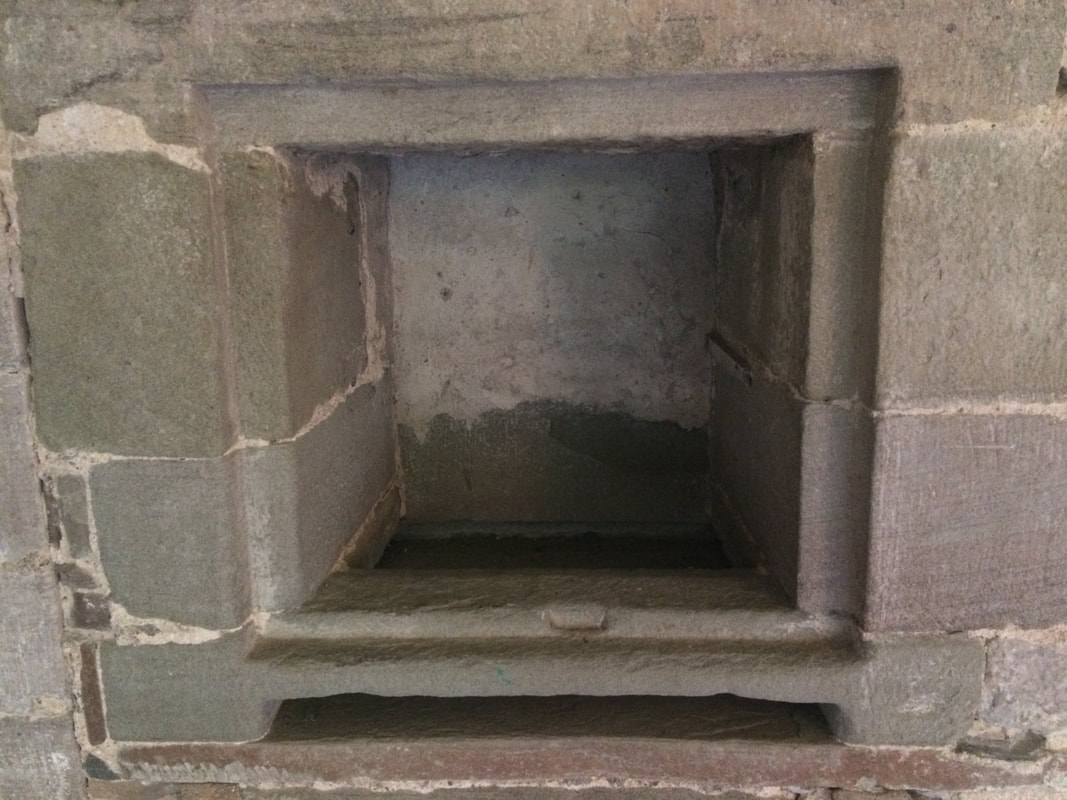 This secret compartment is within the walls of Huntingtower Castle. It was used to conceal valuables This secret compartment is within the walls of Huntingtower Castle. It was used to conceal valuables
The wealthy family that built this castle, in 1488, was the Ruthvens. They had a significant part to play in Scotland's history with the 3rd Lord of Ruthven hosting Mary Queen of Scots during her honeymoon.
Then there was the astonishing Gowrie conspiracy. In 1582 King James VI was kidnapped at the castle by William Ruthven, 1st Earl of Gowrie. The King was let go, but the following year the Earl of Gowrie was beheaded. In 1600 James went to visit the 3rd Earl of Gowrie and claimed to have found an assasin lying in wait. Some sort of altercation occured and Gowrie and his son ended up stabbed to death. Their bodies were then tried for treason and then hung, drawn and quartered. The Ruthven name was then abolished by Parliament.
Huntingtower Castle has roof access. It is always exciting to stand atop a castle tower and survey the surrounding landscape. This is not a breathtaking view with sweeping vistas, but it is pleasant enough with an outlook of fields and woods. Bear in mind that this area of Perth is built-up with major roads a stones through away and you will have noticed the industrial estate alongside the cycle path.
The roof is the best place to let your imagination take you to another of Huntingtower's fascinating moments. When the castle was first constructed it consisted of two seperate towers with just a 3 meter gap between. The daughter of the 1st Earl of Ruthven had occassion to leap between these two towers!
The name of the daughter was Dorothea and one night she visited her lover who was staying as a guest in one of the towers. Her mother heard a rumour about this afair and went to investigate. When Dorothea heard her mum's footsteps approaching she had no choice but to take a leap over to the other tower and her own bed. Her mum later apologised to Dorothea for being suspicious, but the next night Dorothea married her lover.
In later years the Murray's took ownership of the castle and they filled the gap between the two towers. Another interesting historical connection is that Lord George Murray was Prince Charles Stewart's military comander at the 1745 Jacobite uprising. It will not take long to explore this castle. Thirty minutes will suffice, but a bit longer is needed if you want to read all of the information panels. You could combine a visit to the castle with a trip to Branklyn Garden and Kinnoul Hill. Head to my blog page to find out more. Coffee and Cake There is no cafe at the castle, but being so close to Perth city centre means that there is plenty of choice. My recommendation is Effies on the High Street. This vintage tea room has the atmosphere of a Victorian parlour. The walls are adorned with mirrors and old portraits and chandeliers hang from the ceiling. Tea is served in large silver tea points and there are silver tongs in the sugar cube bowls. Cake is served on china with flower decorations. Tables are decorated with old postcards under a glass top. This is a place to take your time and enjoy the refined traditions of tea drinking.
I tried the coffee cake and I found it to be very light and fluffy, the lightest cake that I can remember having.
At the next table there was a woman with immaculate bouffant hair. She was talking to her friend. "We had a brilliant weekend!" We had another baby, well my nephew's wife did. It's her fourth. Only 6 pounds."
Effies is a special experience and I will be back the next time I am in Perth. If you are looking for something more substantial than cake they also do main meals like macaroni, scampi, baked potatoes, salads and sandwiches.
Head to my Perthshire page for more ideas of things to do in this region.
Kinnoull Hill provides one of Scotland's most spectacular views. The fact that it is in the city of Perth means it is easy to get to. Branklyn Garden, renowned for its collection of blue poppies, is on the way to Kinnoull Hill. And it has one of the cutest tea rooms I have ever seen.
Highlights
How to get there
The walkway on this bridge is very narrow, so there is no way that you can cycle it. I pushed my bike across it and really had to lean in for people passing in the opposite direction.
This bridge provides fantastic views of the River Tay and the city. It crosses over Moncrieff Island where there is a golf course.
Once you are across the river you join a path that heads up to the A85 road. There are steps involved, so not great with a bicycle. Turn right to reach the entrance to the gardens- it is only a few steps away, so if you did bring a bike just push it along the pavement. The A85 is a busy road, so there is really no point in trying to pedal this short distance.
You will be able to pick up a garden guide and map at the ticket kiosk. The site is quite small, so it will not take you long to walk around.
A 1920s Garden
The garden is in the care of the National Trust for Scotland. It was created, in 1922, by Dorothy and John Renton. They were gardening enthusiasts with social connections to some of the most prominent plant collectors of the era. This meant that they were able to obtain seeds from around the world and they were particularly talented at recreating the ideal growing conditions for the plants you see today. They also built a very fine Arts and Crafts style house which you can see from the outside, but it is not open to the public.
The Blue Poppy
One of the most noteworthy plants in the collection is the Himalayan Blue Poppy, from Tibet. When the Rentons began cultivating it the new colour of poppy was a sensation and people travelled from all over Europe to see it. It has won numerous horticultural awards and you can buy it from the plant shop.
It is a delight to walk around this place. You don't need to be into gardens to enjoy the colours, scents and landscaping. The birdsong and trickling water from the rock garden add to the peaceful atmostphere.
The rock garden is an impressive feature, especially when you consider the immense effort that went into creating it. The Rentons had to get rid of their tennis court to make space for it. Boulders were quarried from nearby Kinnoull Hill and gravel was dredged from the River Tay. It was worth the effort as many difficult to grow species flourished in this rock garden.
Time for Tea
The highlight of my visit was the very cute tea room at the gardens. You can either sit inside a pavilion, decked out in dark wood, or take a table outside. With the weather being so nice I took the outdoor option, facing the immaculate lawn. It is a basic operation with a menu limited to tea, coffee and scones, but that's all you need to enjoy this special place. It was bliss with the sun in my face, birds tweeting and gorgeous gardens for a view. This has to go down as one of my favourite tea rooms in Scotland.
Up the Hill
The footpath up Kinnoull Hill is adjacent to the entrance of Branklyn Garden. You can leave your bike locked up outside the entrance to the gardens and then take to the path. You can spend hours exploring the paths on the hill, but if you just want to reach the view shown in my photo it takes about an hour, but less if you go at a fast pace.
The hill is thick with trees and the path is steep in places. It is quite easy to get a bit lost as there are numerous paths with junctions, so I just tried to stick as much as possible to what I thought was the edge of the hill and looked for gaps in the trees so that I could check for a view.
The outlook from the top of the hill is breathtaking. The River Tay meanders towards the horizon where there is a line of hills. There are fields in different shades of green and brown. In the foreground there is a tower atop a steep rocky outcrop. This is a folly designed to replicate the castles of the Rhine Valley in Germany. The Earl of Kinnoull built it because it reminded him of his visits to the continent.
When I walked back down the hill I ended up somewhere different to where I had parked my bike. It is easy to get lost, so you should factor this into your timings. It meant a long, but pleasant, walk through the Perth suburbs to get back to Branklyn Garden.
Riverside Path If you did bring a bicycle and want to get some use out of it there is a lovely path alongside the river. Instead of going back across the railway bridge you can head north on the path by the River Tay. This will take you through some magnificent gardens the provide very pleasing views of the city skyline across the river.
The path ends at Perth Bridge. If you cross over to the opposite shore and take a left onto Tay Street you will be able to return to the railway bridge that you crossed at the start of the route and from there you can return to the train station. Perth Bridge is normally very busy with traffic, so I recommend just pushing the bike along the pavement. That way you can also enjoy the river views!
If you want to do even more cycling then cycle route 77 can also be joined on the other side of Perth Bridge, heading towards Pitlochry. You can take this route to Huntingtower Castle, just 5.5 miles away. Head to my blog to find out more about this castle and how to get there. |
|







